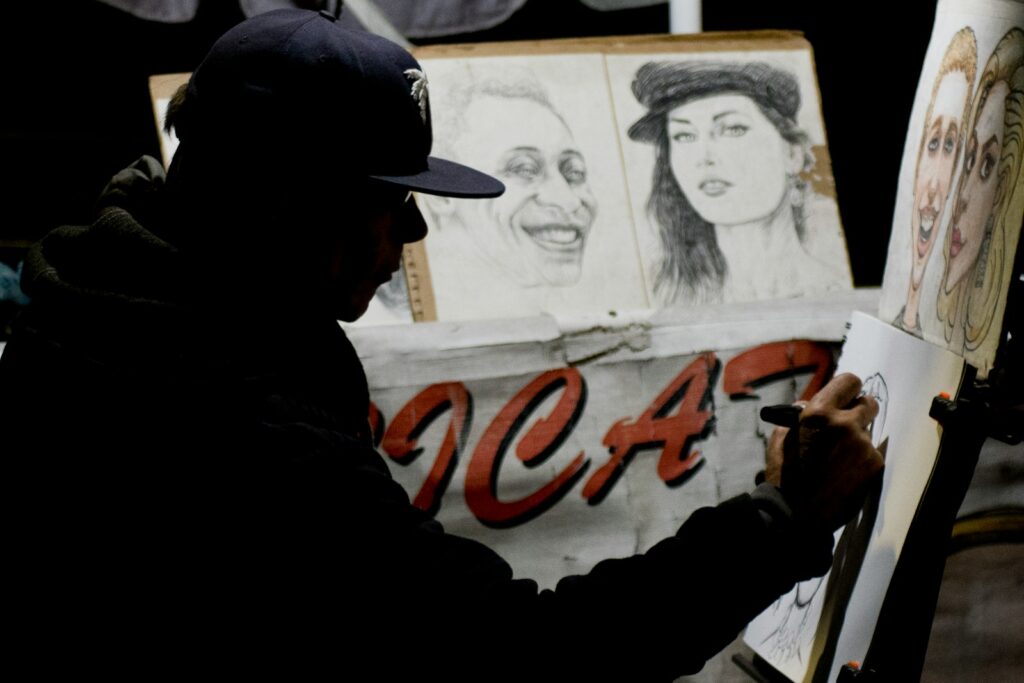In a remarkable effort to revive the legacy of a groundbreaking artist, the work of Barbara Shermund, a prominent cartoonist from the early to mid-20th century, is finally receiving the recognition it deserves. Shermund, who made her mark as one of the first female cartoonists for esteemed publications such as The New Yorker, contributed significantly to the art form from the 1920s until the 1960s.
Despite her influential role in the cartooning world, Shermund’s life and contributions remained largely overlooked after her passing in 1978. This changed when a distant relative joined forces with a cartoon historian to explore her life, leading to a newfound appreciation for her work.
Amanda Gormley, the investigator who played a pivotal role in unearthing Shermund’s story, along with curator Caitlin McGurk, have been instrumental in highlighting the humorist’s unique perspective on topics such as gender roles, relationships, and societal norms. Their collaborative efforts culminated in the publication of McGurk’s book, “Tell Me a Story Where the Bad Girl Wins: The Life and Art of Barbara Shermund,” which delves into the complexities of Shermund’s art and her influence on the genre.
Through their research and exhibitions, Gormley and McGurk aim to celebrate Shermund’s innovative approach to cartooning, which often challenged conventional views of femininity and explored the intricacies of modern life. As they work to revive her legacy, they also emphasize the importance of recognizing the contributions of women in art and literature, particularly in a global context where such narratives often remain marginalized.
The resurgence of interest in Barbara Shermund’s work serves as a reminder of the vital role that diverse voices play in shaping cultural discourse. By bringing her art back into the spotlight, they hope to inspire a new generation of creators and encourage deeper cultural conversations across South Asian and diaspora communities.



